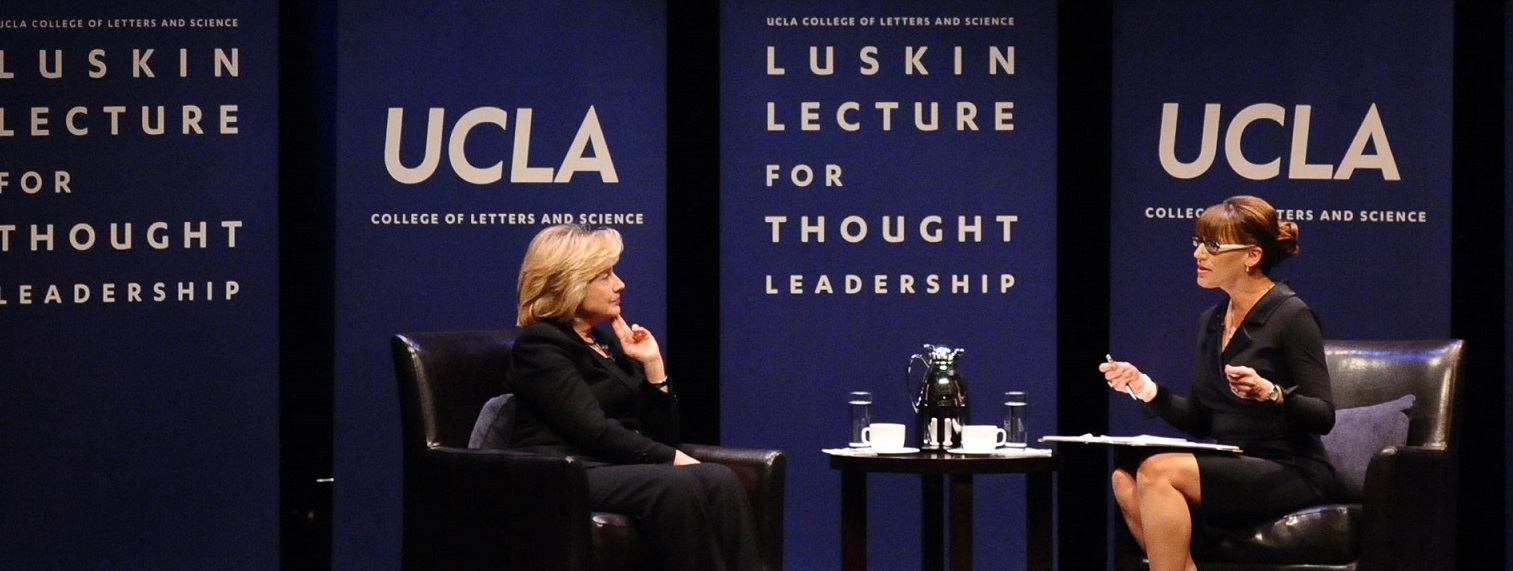
With loss of single gene, red meat-eating humans became more at risk of cardiovascular disease.
随着单一基因的缺失,吃红肉的人类更容易患心血管疾病。
Researchers at University of California San Diego School of Medicine say the loss of a single gene two to three million years ago in our ancestors may have resulted in a heightened risk of cardiovascular disease in all humans as a species, while also setting up a further risk for red meat-eating humans. The findings are published July 22, 2019 in PNAS.
加州大学圣地亚哥分校医学院(University of California San Diego School of Medicine)的研究人员说,两三百万年前,因人类祖先的某个单一基因缺失可能导致人类患心血管疾病的风险增加,同时食用红肉也将增加了风险。该研究结果于2019年7月22日发表在《美国科学院院报》(PNAS)上。
Atherosclerosis — the clogging of arteries with fatty deposits — is the cause of one-third of deaths worldwide due to cardiovascular disease. There are many known risk factors, including blood cholesterol, physical inactivity, age, hypertension, obesity and smoking, but in roughly 15 percent of first-time cardiovascular disease events (CVD) due to atherosclerosis, none of these factors apply.
动脉粥样硬化-脂肪沉积动脉堵塞-是全世界三分之一死于心血管疾病的病因。有许多已知的危险因素,包括血液胆固醇,缺乏锻炼,年老,高血压,肥胖和吸烟,但在大约15%的病人初犯心血管疾病(Cvd)都是由于动脉粥样硬化,而非上述诱因。
A decade ago, Nissi Varki, M.D., professor of pathology at UC San Diego School of Medicine, with co-author Ajit Varki, M.D., Distinguished Professor Of Medicine and Cellular And Molecular Medicine, and colleagues noted that naturally occurring coronary heart attacks due to atherosclerosis are virtually non-existent in other mammals, including closely related chimpanzees in captivity which share human-like risk factors, such as high blood lipids, hypertension and physical inactivity. Instead, chimp “heart attacks” were due to an as-yet unexplained scarring of the heart muscle.
十年前,加州大学圣地亚哥分校医学院(University of California San Diego School of Medicine)病理学教授Nissi Varki博士与医学、细胞分子医学的杰出教授Ajit Varki合著,他们和同事们指出,其他哺乳动物几乎不存在因动脉粥样硬化而自然发生的冠心病,包括与人类紧密相关的圈养中的黑猩猩,也同样有相似的危险因素,如高血脂、高血压和缺乏锻炼等。相反,黑猩猩的“心脏病发作”是由于一个尚未解释的心肌疤痕所致。
In the new study, the Varkis, and Philip Gordts, Ph.D., assistant professor of medicine, and others report that mice modified to be deficient (like humans) in a sialic acid sugar molecule called Neu5Gc showed a significant increase in atherogenesis compared to control mice, who retain the CMAH gene that produces Neu5Gc.
在这项新的研究中,Varkis,医学助理教授Philip Gordts博士及其同事们报告说,与保留产生Neu5Gc的CMAH基因的对照组相比,被更改为缺乏唾液酸糖分子Neu5Gc的小鼠(类似人类)在动脉粥样硬化发生方面有明显增加。
The researchers — members of the Glycobiology Research and Training Center and/or the Center for Academic Research and Training in Anthropogeny at UC San Diego — believe a mutation that inactivated the CMAH gene occurred a few million years ago in hominin ancestors, an event possibly linked to a malarial parasite that recognized Neu5Gc.
这些研究人员—加州大学圣地亚哥分校(UC San Diego)糖生物学研究培训中心(the Glycobiology Research and Training Center)和/或人类遗传学学术研究和培训中心(the Center for Academic Research and Training in Anthropogeny)的成员—认为,数百万年前,人类祖先中发生了一种灭活CMAH基因的突变,这一事件可能与能识别Neu5Gc的疟疾寄生虫有关。
In their findings, the research team said human-like elimination of CMAH and Neu5Gc in mice caused an almost 2-fold increase in severity of atherosclerosis compared to unmodified mice.
研究小组说,在他们的发现中,在小鼠体内类人地消除CMAH和Neu5Gc会导致动脉粥样硬化的严重程度比未更改的小鼠增加近2倍。
“The increased risk appears to be driven by multiple factors, including hyperactive white cells and a tendency to diabetes in the human-like mice,” said Ajit Varki. “This may help explain why even vegetarian humans without any other obvious cardiovascular risk factors are still very prone to heart attacks and strokes, while other evolutionary relatives are not.”
Ajit Varki说,“风险的增加似乎是由多种因素造成的,包括白细胞过度活跃和类人小鼠有糖尿病的倾向。这可能有助于解释为什么即使素食者没有任何明显的心血管危险因素仍然很容易发生心脏病和中风,而其他的进化亲属则不然。”
But in consuming red meat, humans are also repeatedly exposed to Neu5Gc, which researchers said prompts an immune response and chronic inflammation they call “xenosialitis.” In their tests, human-like mice modified to lack the CMAH gene were fed a Neu5Gc-rich, high-fat diet and subsequently suffered a further 2.4-fold increase in atherosclerosis, which could not be explained by changes in blood fats or sugars.
研究人员认为,但在食用红肉时,人类也反复接触Neu5Gc,Neu5Gc会引起免疫反应和慢性炎症,他们称之为“异种炎(xenosialitis)”。在他们的试验中,被更改为缺乏CMAH基因的类人老鼠被喂食了富含neu5gc的高脂肪饮食,随后动脉粥样硬化又增加了2.4倍,这不能用血脂或糖的变化来解释。
“The human evolutionary loss of CMAH likely contributes to a predisposition to atherosclerosis by both intrinsic and extrinsic (dietary) factors,” wrote the authors, “and future studies could consider using this more human-like model.”
作者写道:“人类进化中的CMAH丢失很可能导致动脉粥样硬化的易感性,既有内在因素,也有外在因素(饮食因素),未来的研究可以考虑使用这种与人类更相近的模型。”
Red meat and cancer
红肉和癌症

In previous work, the Varkis and colleagues have shown that dietary Neu5Gc also promotes inflammation and cancer progression in Neu5Gc-deficient mice, suggesting that the non-human sugar molecule, which is abundant in red meat, may at least partially explain the link between high consumption of red meat and certain cancers.
早前工作中,Varkis和他的同事们已经证明,饮食中的Neu5Gc也会促进Neu5Gc缺乏的小鼠的炎症和癌症的发展,这表明富含红肉的非人糖类分子可能至少部分解释了高消费红肉和某些癌症之间的联系。
The loss of NeuG5c in humans (retained in other primates) increases atherosclerosis risk by multiple mechanisms, including intrinsic factors such as heightened inflammatory response and hyperglycemia and extrinsic factors such as red meat-derived Neu5Gc-induced xenosialitis.
人类(保留在其他灵长类动物中)NeuG5c的遗失通过多种机制增加了动脉粥样硬化风险,包括内在因素(如炎症反应增强和高血糖)和外部因素(如红肉衍生的由Neu5Gc引起的异位炎)
Interestingly, the evolutionary loss of the CMAH gene appears to have produced other significant changes in human physiology, including reduced human fertility and enhanced ability to run long distances.
有趣的是,CMAH基因在进化过程中的遗失似乎在人类生理学中产生了其他显著的变化,包括人类生育能力降低和长跑能力增强。




